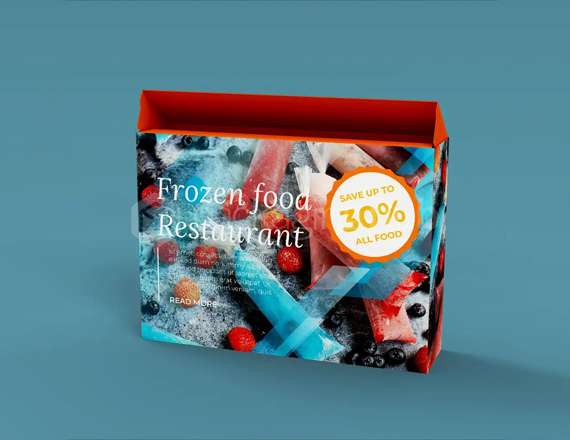In the ever-evolving food industry, packaging plays a crucial role in attracting customers, preserving freshness, and ensuring safety. Custom food boxes are essential for businesses looking to make a lasting impression while providing functional solutions for their products. This guide delves into the significance of custom food boxes, their benefits, various types, and best practices for creating effective packaging.
What Are Custom Food Boxes?
Custom food boxes are specially designed packaging solutions tailored for food products. These boxes can be made from various materials, including cardboard, paper, and plastic, and are customized to fit specific food items, ensuring that they are both functional and appealing.
Key Features of Custom Food Boxes
- Tailored Sizes and Shapes: Custom boxes can be designed to perfectly fit your products, reducing waste and enhancing presentation.
- Branding Opportunities: These boxes can be printed with your logo, brand colors, and messaging, reinforcing brand identity.
- Sustainable Options: Many custom food boxes are made from recyclable or biodegradable materials, aligning with consumer demand for eco-friendly practices.
Benefits of Custom Food Boxes
1. Enhanced Visual Appeal
Custom food boxes are designed to catch the eye of consumers. With vibrant colors, unique shapes, and high-quality printing, these boxes can significantly enhance the appeal of your products on the shelf, drawing in customers and increasing sales.
2. Improved Brand Recognition
Using custom packaging that showcases your brand’s logo and colors can help build recognition and loyalty. Consistent branding across all packaging materials reinforces your identity in the minds of consumers.
3. Better Protection for Products
Food items need adequate protection during storage and transportation. Custom boxes can be designed with protective features such as inserts, dividers, and moisture barriers to ensure that your products remain safe and fresh.
4. Increased Perceived Value
High-quality, attractive packaging can enhance the perceived value of your food products. Customers are often willing to pay more for items that come in appealing packaging, believing that it reflects higher quality.
5. Customization Options
Custom food boxes can be tailored to meet specific needs, whether for portion sizes, unique shapes, or special features like handles and windows. This level of customization can help differentiate your products in a crowded market.
Types of Custom Food Boxes
1. Takeout Boxes
Ideal for restaurants and food delivery services, takeout boxes are designed for easy transport and consumption. They can feature compartments for different food items, keeping them separate and fresh.
2. Bakery Boxes
Custom bakery boxes are perfect for pastries, cakes, and other baked goods. They can be designed with windows to showcase the product, enhancing visual appeal while maintaining freshness.
3. Pizza Boxes
Pizza boxes are a staple in food delivery. Custom designs can include branding and promotional messages, making the box an extension of your marketing efforts.
4. Snack Boxes
Custom snack boxes can be designed for a variety of snacks, from chips to nuts. They can be made in various sizes and shapes to cater to different markets, including retail and online sales.
5. Subscription Boxes
For food subscription services, custom boxes are essential for creating a unique unboxing experience. These boxes can include inserts, personalized messages, and branding that reflect the overall theme of the subscription.
Best Practices for Custom Food Boxes
1. Know Your Audience
Understanding your target market is crucial when designing custom food boxes. Consider factors such as demographics, preferences, and purchasing behaviors to create packaging that resonates with your consumers.
2. Prioritize Functionality
While aesthetics are important, functionality should not be overlooked. Ensure that your packaging is easy to open, resealable if necessary, and provides adequate protection for the food inside.
3. Choose the Right Materials
Select materials that are suitable for your food products. Consider factors such as moisture resistance, durability, and sustainability when making your choice. Eco-friendly options are increasingly popular among consumers.
4. Focus on Branding
Utilize your packaging as a branding tool. Incorporate your logo, colors, and messaging to create a cohesive brand identity that consumers can recognize and trust.
5. Test and Iterate
Before finalizing your design, create prototypes and gather feedback from potential customers. Use this information to make necessary adjustments and improvements to your packaging.
Conclusion
In conclusion, custom food boxes are an essential component of successful food marketing and packaging. By focusing on design, functionality, and brand identity, businesses can create packaging that not only protects their products but also captivates consumers and drives sales.
Investing in custom food packaging is a strategic move that can set your brand apart in a competitive market. Embrace the opportunity to enhance your products’ presentation and create a memorable experience with yourboxpackaging.



